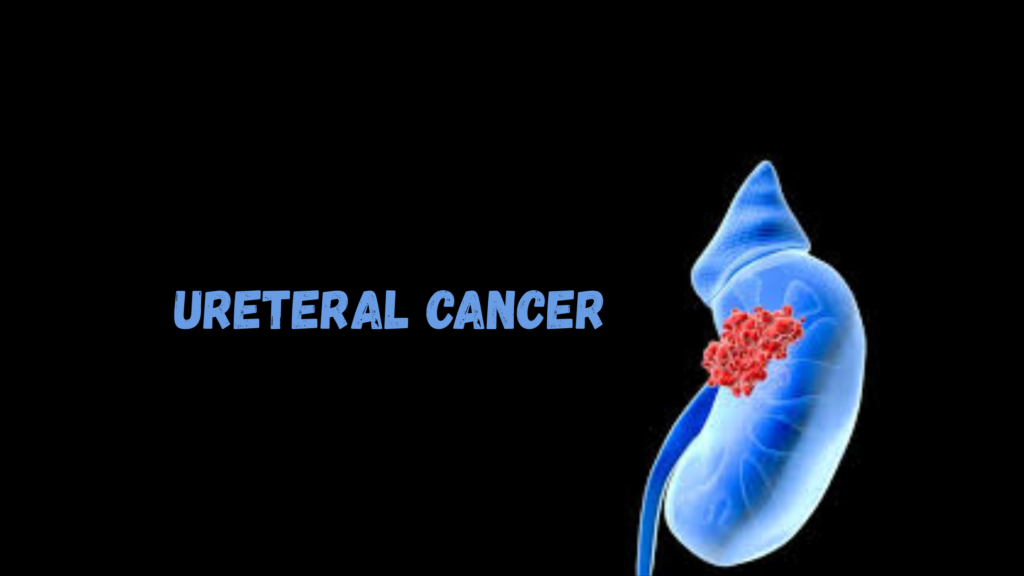Ureteral Cancer (Cancer of the Ureter)
Ureteral cancer refers to malignancy of the ureter, the narrow tube that carries urine from the kidney to the bladder. It is rare, accounting for only 1–2% of all urologic cancers.
🧬 Most Common Type
- Transitional cell carcinoma (TCC)
Also known as urothelial carcinoma, it arises from the urothelial lining of the ureter and is the same type of cancer that commonly affects the bladder and renal pelvis.
Other rare types:
- Squamous cell carcinoma
- Adenocarcinoma
⚠️ Risk Factors
- Smoking (most significant modifiable risk)
- Chronic inflammation (e.g., recurrent UTIs, stones)
- Analgesic abuse nephropathy
- Occupational exposure (e.g., aromatic amines, industrial dyes)
- Lynch syndrome (HNPCC) – increases risk of upper tract urothelial carcinoma
📋 Symptoms
Often overlap with other urinary tract conditions:
- Hematuria (blood in urine) – most common symptom
- Flank pain (due to obstruction)
- Frequent UTIs
- Weight loss or fatigue (in advanced disease)
- Hydronephrosis (swelling of the kidney due to blockage)
🧪 Diagnosis
1. Imaging
- CT urogram – Best modality; shows mass, obstruction, or filling defect.
- MRI urogram – Useful for patients who can’t tolerate contrast.
- Ultrasound – Can detect hydronephrosis but less sensitive for ureteral tumors.
2. Urine Cytology
- Detects malignant cells in urine, especially high-grade tumors.
3. Ureteroscopy with biopsy
- Direct visualization and tissue sampling under anesthesia.
4. Cystoscopy
- Bladder inspection to rule out concurrent bladder tumors.
🏥 Staging (TNM system)
- T1 – Invasion into subepithelial tissue
- T2 – Invades muscle
- T3 – Invades peripelvic or periureteric fat
- T4 – Invades adjacent organs or through kidney capsule
Staging involves imaging + pathology.
🩺 Treatment
🧷 Surgical Treatment
Depends on tumor location, grade, stage, and patient fitness:
- Nephroureterectomy (standard of care for high-grade or invasive tumors):
- Removal of kidney, ureter, and a cuff of bladder
- Segmental ureterectomy or endoscopic resection:
- For low-grade, non-invasive tumors or in patients with solitary kidney
💊 Adjunctive Treatments
- Intravesical BCG (in selected cases, especially if bladder involved)
- Systemic chemotherapy (e.g., cisplatin-based) – for high-grade or advanced disease
- Radiation – rarely used but may be considered in unresectable or palliative cases
🔄 Follow-Up & Surveillance
High risk of recurrence, especially in the bladder:
- Regular cystoscopy
- Urine cytology
- Periodic CT or ultrasound to monitor for recurrence or metastasis
📈 Prognosis
- Dependent on grade, stage, and whether disease is localized or metastatic.
- 5-year survival:
- Localized, low-grade: ~80–90%
- Invasive, high-grade: ~30–60%
